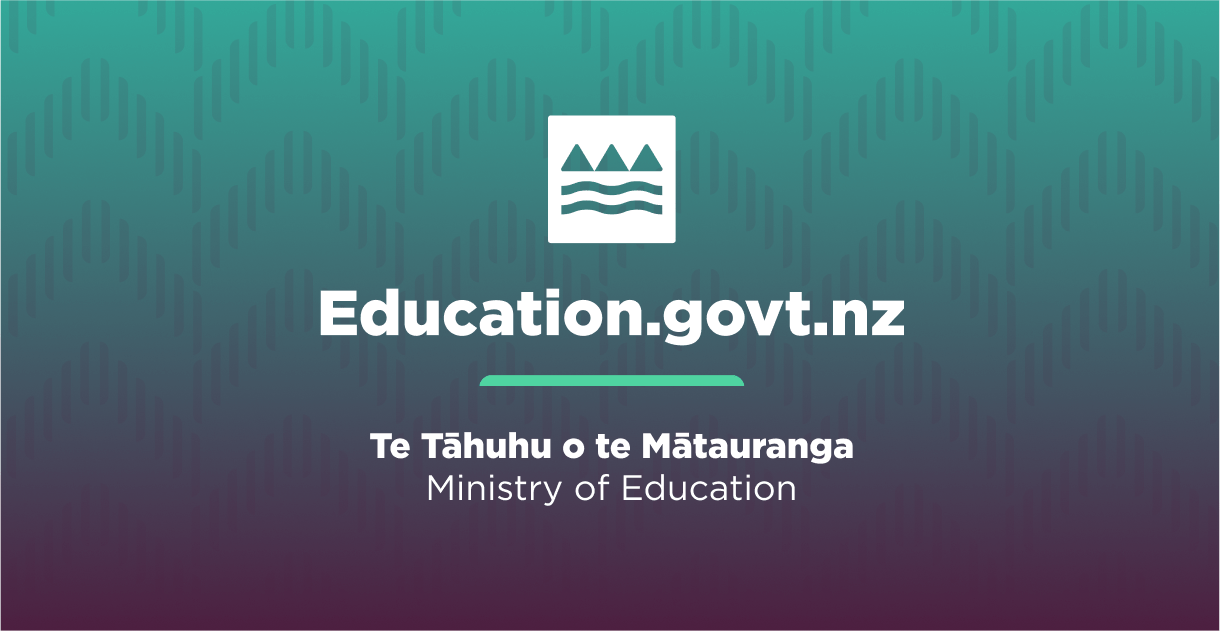(Background music)
(Text on screen: Shaping our future: Have your say.
3. Clear, Consistent qualifications)
(The presenter is standing and talking, facing the camera.)
(Text on screen: Clear, consistent, set up for success)
The third part of our proposal is to replace NCEA with qualifications that are clear, consistent and set our young people up for success.
Right now, your children can get a qualification from a mix of standards in unrelated subject areas.
It was initially designed to be flexible, but in reality, it’s not working for everyone.
It’s made it hard to tell what somebody really knows in any one subject.
It also means there’s a lack of consistency between what a student learns in a subject from school to school, because they could be doing a completely different set of standards!
This means that English in one school could look completely different to English in another.
That’s making it hard for employers, polytechs and universities to understand what your children know when they leave school.
(Text on screen: Structured, subject-based approach)
That’s why we’re suggesting a more structured subject-based approach to the new qualifications.
Instead of collecting what could be random standards to make up 60 credits for a pass, students will focus on full subjects, like English, Maths, Science and industry-designed vocational packages.
That would give a much better sense of what students know and can do.
It would mean that your children would be using the same assessments in each of their subjects,
no matter where they go to school.
And to keep it simple, each subject will be assessed with a mark out of 100, and a grade from A to E.
But more about that in our fourth proposal.
(Text on screen: Subject-designed assessments)
We want overall marks for subjects to be made up of a mix of internal and external assessments designed for each subject.
For example, visual arts students might have three internal standards and one external portfolio
that contribute to their overall grade.
Where someone doing history would have two internal assessments and two exams at the end of the year.
That structure gives students an opportunity to showcase their knowledge and skills in ways that fit specific subject areas and stay consistent with what other students are doing across the country.
It also keeps people engaged in their learning.
Last year, a quarter of all students didn’t sit the external assessments they were entered for, and they left more than 250,000 exam papers unattempted altogether. That’s a lot of missed opportunities for learning.
That won’t be possible under the proposed new system.
(Text on screen: Year 11: Five subjects)
In Year 11, students will also need to take at least five subjects that have to include English or Te Reo Rangatira and Maths or Pāngarau.
This will guarantee that every student gets the foundational learning they need.
(Text on screen: Kura kaupapa Māori)
And for kura kaupapa Māori? We are committed to working closely with representatives that can help make sure the design of the new qualification system meets their needs.
(Text on screen: Clearer, future-focused system)
Our goal? A system that’s clearer and more future-focused.
(Text on screen: What do you think?)
(Text on screen: Have your say)
So, what do you think?
Have your say, because shaping education means shaping our future.
(Background music)
(Text on screen: Shaping our future: Have your say!
Visit: www.education.govt.nz/consultation-ncea
Email: [email protected] )
